It is forecasted that the trade surplus will continue to increase in the last months of the year; however, in the long term, there will be many difficulties and uncertainties, requiring businesses to proactively transform towards a green and circular economy.
Successful market diversification
According to the report of the Ministry of Industry and Trade, in general, all industries are facing difficulties in export markets due to the decrease in global demand, especially for non-essential consumer goods. Therefore, our country's export turnover in the first 9 months of 2023 to most key markets decreased; the total turnover is estimated at 259.67 billion USD, down 8.2% over the same period last year. In contrast, the import turnover of goods is estimated at 237.99 billion USD, down 13.8%. This brings the trade surplus to 21.7 billion USD.

Vietnam's trade surplus continues to increase but some key industries still face many difficulties.
In that context, agriculture once again became the pillar of the economy. Agricultural products have made impressive contributions to export activities, especially agricultural products such as rice, vegetables, coffee, cashew nuts, etc. However, the growth of these products only partly supports the overall picture of the entire economy. Exports of processed industrial products account for nearly 85% of the country's total export turnover, estimated at 220 billion USD, continuing to decrease by 9.6% over the same period. The main reason is the decrease in export turnover of most items such as: computers, electronic products and components, phones of all kinds and components; machinery, equipment, tools, spare parts; textiles, footwear, wood, etc.
By economic sector, domestic enterprises exported nearly 69 billion USD, down 5.7% and accounted for only 26.5% of total export turnover; the foreign-invested sector (including crude oil) reached nearly 191 billion USD, down 9.1% and accounted for 73.5% of total export turnover. On the contrary, the domestic economic sector imported 85 billion USD, down 11.8%; the foreign-invested sector imported 153 billion USD, down 14.9%. Thus, the domestic economic sector still had a trade deficit of 16 billion USD; the foreign economic sector had a trade surplus of 38 billion USD. The rate of decline in exports of 100% domestic-owned enterprises decreased by only 5.7%, lower than that of foreign-invested enterprises, which decreased by 9.1%.
Associate Professor, Dr. Dinh Trong Thinh (Academy of Finance) analyzed: In the context of the global economic downturn, if we closely monitor the export situation, we can see that the FDI sector has a high trade surplus since the beginning of the year. Meanwhile, domestic enterprises have a trade deficit. That shows a large difference in production and export capacity between foreign and domestic enterprises. Although export turnover has decreased due to the general situation, the results achieved by the FDI sector have made a positive and extremely important contribution to the economy.
According to the Ministry of Industry and Trade, the world economy is generally very difficult, especially in Vietnam's main markets. However, businesses have made efforts to diversify markets, focusing on exploiting new markets with great potential. Specifically, while Vietnam's largest export market, the US, only achieved an export turnover of nearly 71 billion USD, down 16.8% over the same period in 2022, businesses have promptly boosted exports to the second largest market, China, with an estimated turnover of over 42 billion USD, up 2.1%. While the EU and Japanese markets faced difficulties, exports to West Asian markets increased by 4%, estimated at 5.9 billion USD and the African market increased by 1.2%, especially the North African market increased by 9.4%...
The report of the Ministry of Industry and Trade stated: In the context of the world economy still being extremely difficult, Vietnamese enterprises, especially agricultural enterprises, have taken advantage of market opportunities to boost exports. Overall, enterprises in all sectors have done well in diversifying markets, while exports to major markets such as the US and EU have decreased, they have shifted to new markets, especially implementing good solutions for exports to countries sharing borders, especially the Chinese market, which is the only major market to achieve positive growth (up 2.1%), while other major markets have decreased.
Adapting to an Uncertain Market
Basically, trade surplus contributes to macroeconomic stability, ensures major balances of the economy, and greatly supports the international balance of payments. However, in essence, Vietnam's trade surplus in recent times is due to export growth decreasing less than import growth, not export growth being higher than import growth.
Dr. Nguyen Huu Huan, Head of the Finance Department - Ho Chi Minh City University of Economics, analyzed: "Since the beginning of the year, Vietnam's trade surplus has continuously increased. Of course, there are also positive aspects. I also believe that it will continue to increase in the remaining months of 2023 when consumer markets enter the peak shopping season. However, in the medium and long term, there will be many difficulties and challenges for Vietnamese businesses. First, the world economy is still not optimistic, purchasing power is still weak and according to the information I know, the most important market in the world, the fear of inflation has not yet subsided. This greatly affects their purchasing power and demand for imported goods next year. On a global scale, the market has not yet improved, especially the recent conflict between Hamas - Israel has made the uncertainty of the world economy continue to prolong. This conflict continues to upset previous economic forecasts and plans".
Dr. Huan continued: If we approach the problem from the perspective of the world economy continuing to fluctuate strongly and the nature of Vietnam's trade surplus is that imports decrease more sharply than exports, then we really need to find solutions to recover. A positive factor that can be seen is that in recent times, many domestic Vietnamese enterprises have actively converted from using imported materials to domestic materials. This is something that needs to be continued to promote to increase the added value of Vietnamese goods. However, this conversion also needs to be determined according to the market trend of "greening" products and moving towards a circular economy, not just focusing on price competition. This is the time when businesses should take advantage of restructuring production, repositioning products and markets to prepare for the coming years. If they do not green their products in time, businesses may not be able to overcome the upcoming prolonged difficulties.
According to Mr. Huan, to support businesses, the state also needs to have incentive policies and build mechanisms to help businesses transform faster. For example, in the textile industry, we are slow and at risk of losing market share to Bangladesh. Besides, an important factor is the exchange rate. Currently, the currencies of most countries are depreciating against the USD while Vietnam is maintaining the value of its currency very well. The positive side is that it helps stabilize the macro economy, but the devaluation of other countries' currencies while the VND remains unchanged against the USD is also making Vietnamese goods more expensive than other competitors. However, Vietnam is also a country that imports goods for export processing, so a more flexible exchange rate policy is needed for the economy so that all parties are least affected.
Source link


![[Photo] Opening of the 11th Conference of the 13th Party Central Committee](https://vstatic.vietnam.vn/vietnam/resource/IMAGE/2025/4/10/f9e717b67de343d7b687cb419c0829a2)


![[Photo] April Festival in Can Tho City](https://vstatic.vietnam.vn/vietnam/resource/IMAGE/2025/4/10/bf5ae82870e648fabfbcc93a25b481ea)
![[Photo] Unique folk games at Chuong Village Festival](https://vstatic.vietnam.vn/vietnam/resource/IMAGE/2025/4/10/cff805a06fdd443b9474c017f98075a4)



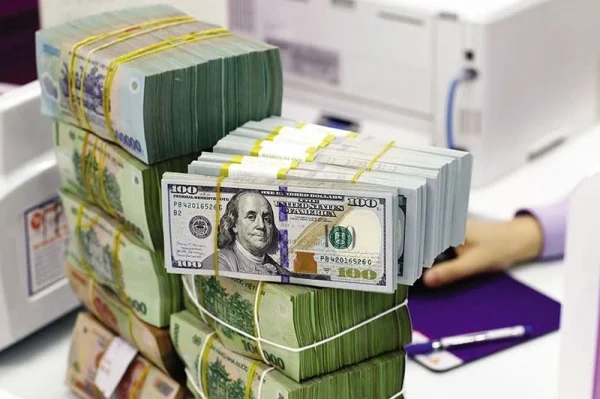

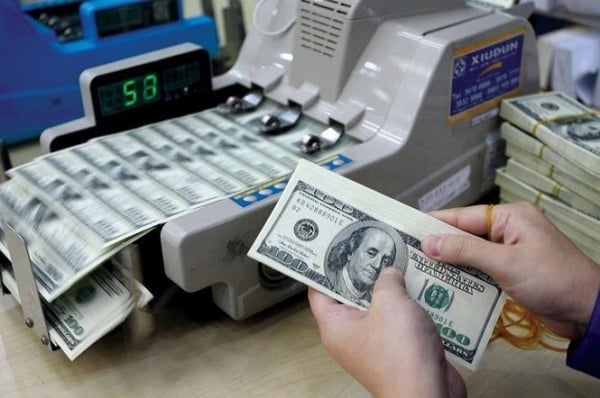
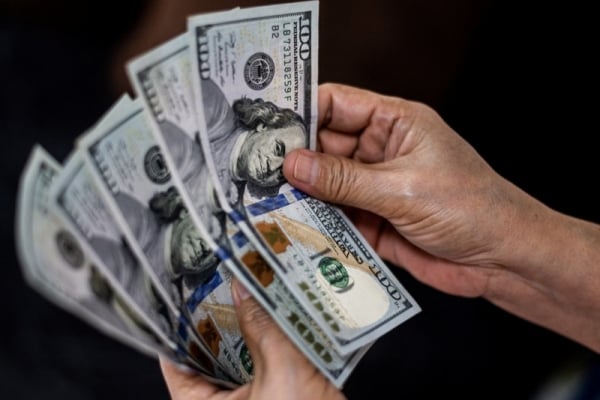
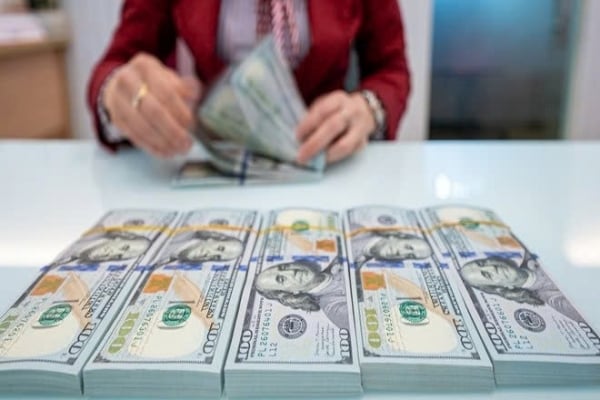
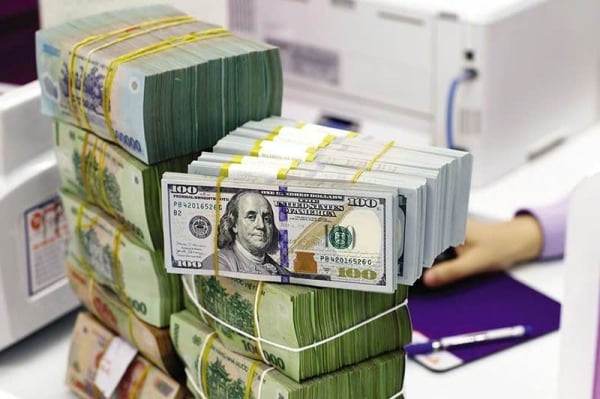
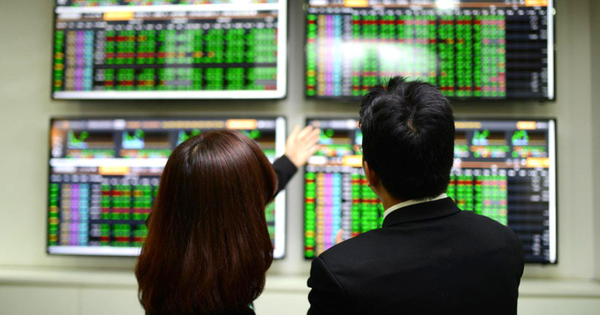



















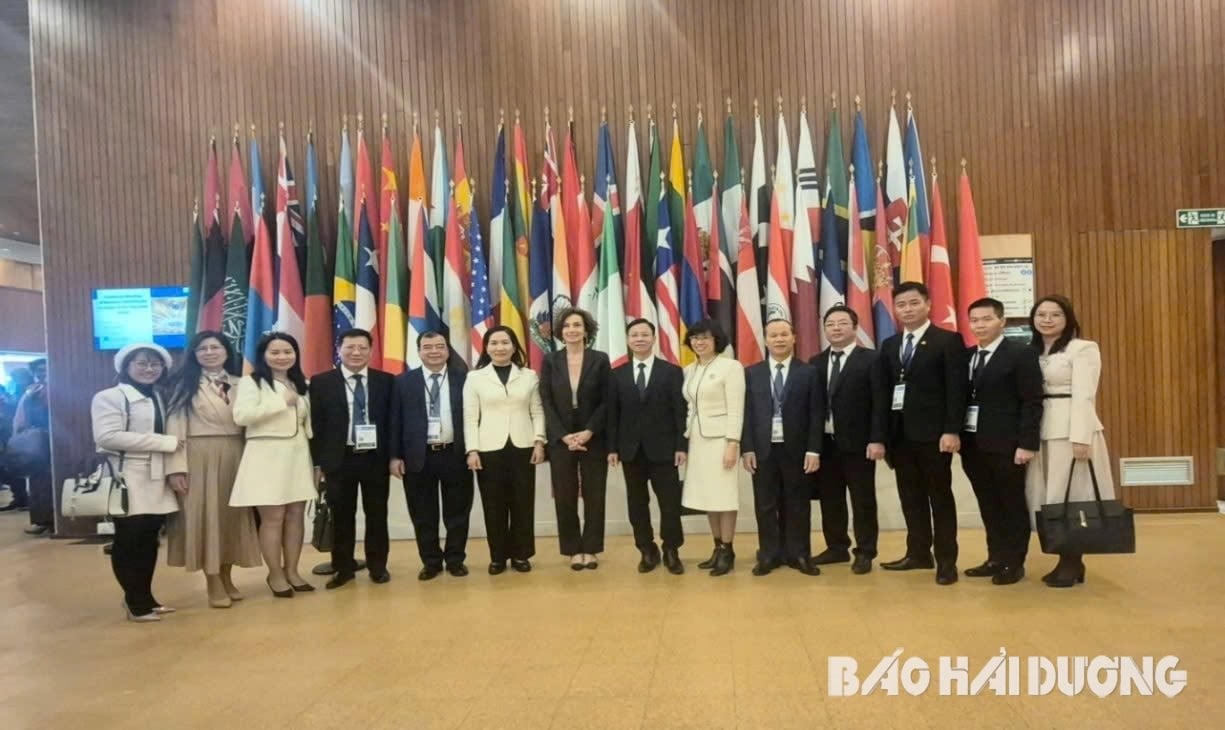


































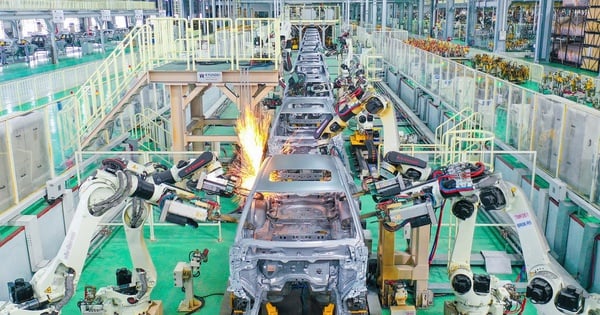










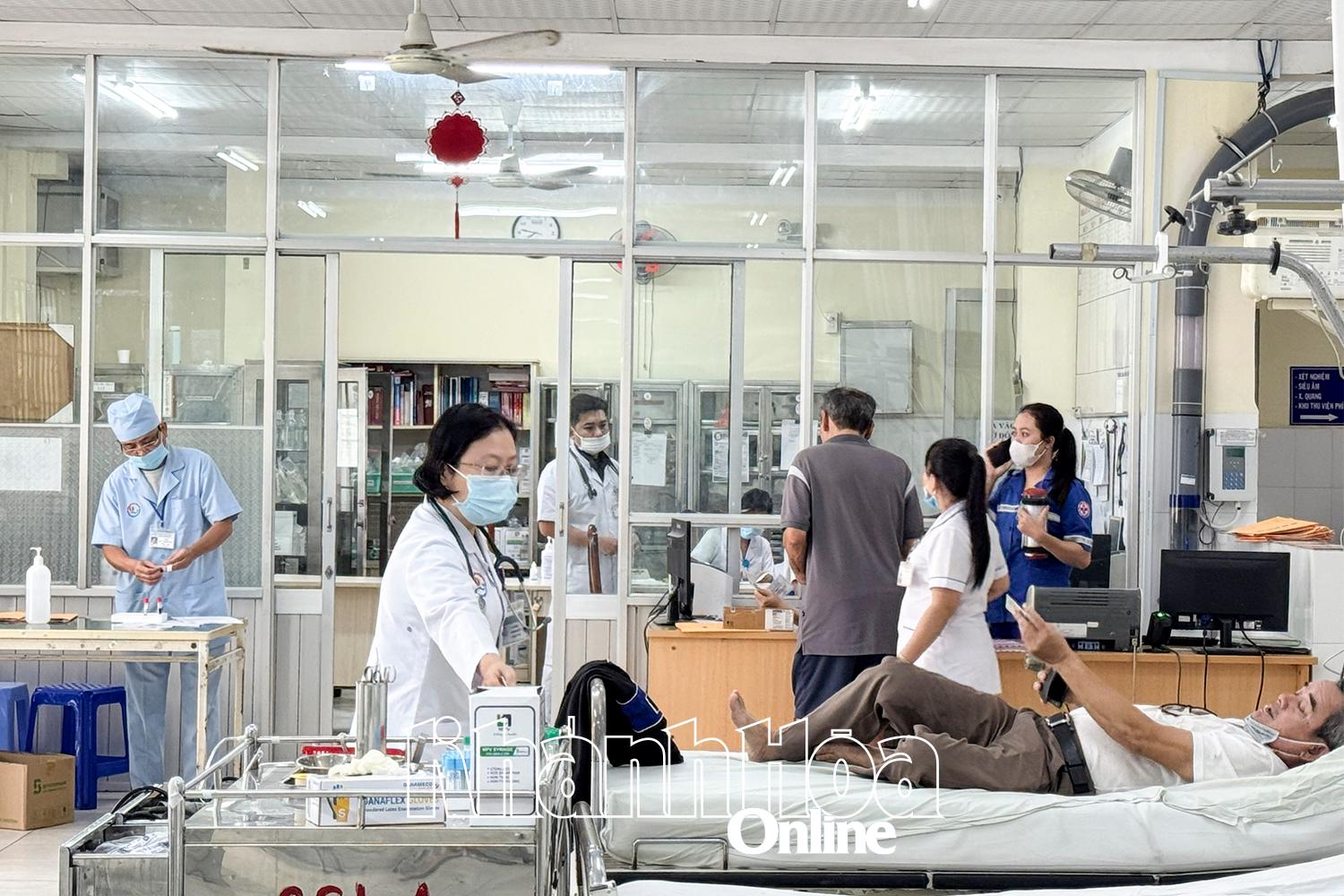











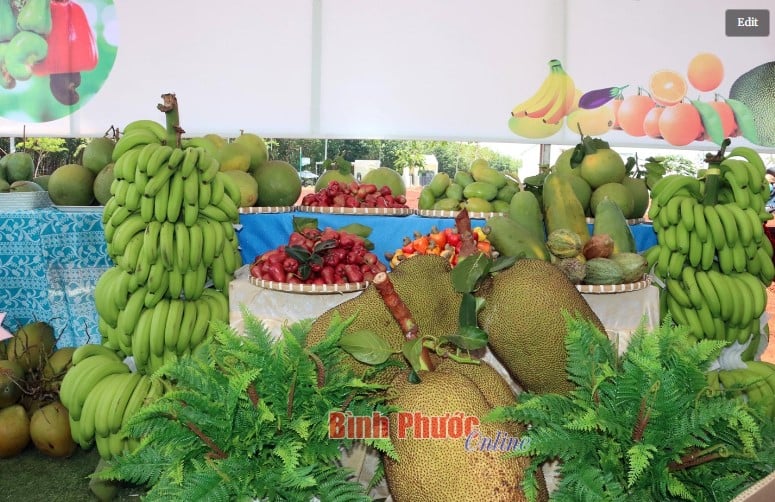

Comment (0)